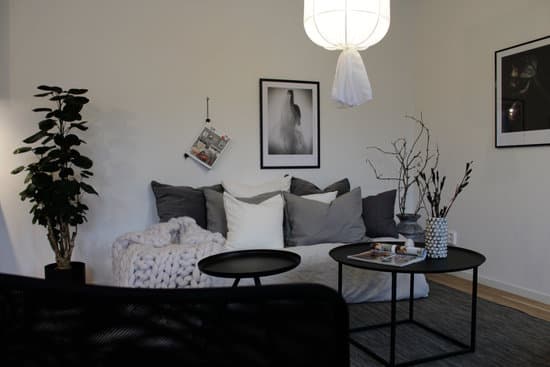- The electrical device may not turn on.
- The appliance may not function correctly.
- There may be a buzzing or a shock sensation.
- There may be a risk of electrical fires.
- Turn off the power to the outlet from the circuit breaker box.
- Inspect for other miswired outlets on the same circuit.
- Unplug all appliances or electrical devices from the affected outlet.
- Use a voltage tester to detect which wire is “hot.”
- Identify the neutral wire and reconnect it correctly to the silver terminal.
- Reconnect the hot wire correctly to the brass terminal.
- Test the outlet with an outlet tester to ensure it’s working correctly.




















